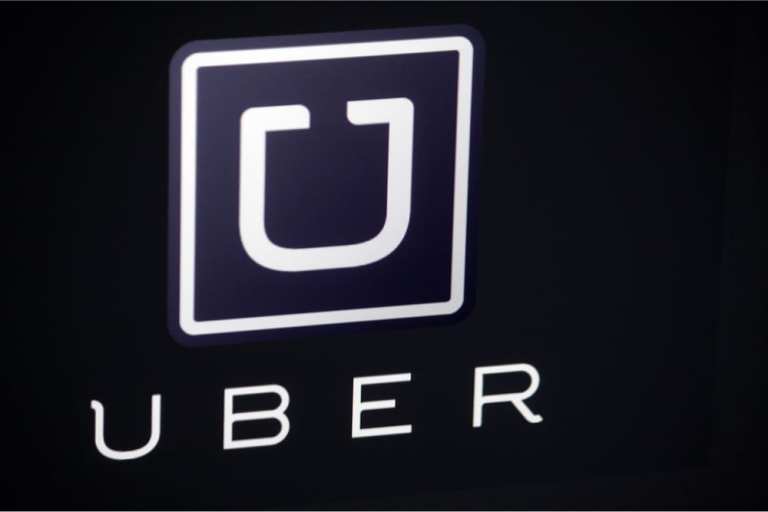
Pandemics and economic slumps put business models to the test — and the most flexible business models may stand the best chance of rebounding most quickly from such headwinds.
To that end, ride-hailing giant Uber Technologies is branching out into software — specifically, software as a service (SaaS).
According to reports Wednesday (June 17), the company is offering its software — the programming and analytics that underpin its core ride-hailing unit — to a number of outside entities.
As reported, Uber’s first software customers are transit agencies. California’s Marin County public transport offerings will use the software to help with the logistics of four wheelchair accessible vans beginning next month. Marin Transit and the Transportation Authority of Marin also said they will make transit schedules and discounts available within the Uber app.
“This is not a one-off. This is a new product and a new business,” said David Reich, head of Uber Transit, as reported by Bloomberg. “Together we want to make car ownership a thing of the past.” Reich has said the company is talking to dozens of transit agencies around the world.
The pilot will cost $80,000 according to Marin Transit authorities, and reports note the agency will pay Uber a subscription fee to use the software.
Granted, pilot programs stretching across fewer than half a dozen vans are hardly grand leaps into new, uncharted territory. But for Uber, the stirrings of the SaaS offering speak to the flexibility of the platform model — that in our view can be scaled horizontally, pretty much continuously.
As has been noted in this space in past coverage, in its latest earnings report last month, Uber said its Uber Eats bookings and revenues soared by more than 50 percent in the first quarter, spurred by the pandemic that had people pivoting to ordering food to be delivered to their doorsteps (sales jumped to $819 million from $536 million in the year ago quarter). In addition, the company’s Uber Freight business, which connects shippers with customers, saw top lines surge to $199 million from $127 million last year.
As Karen Webster wrote in this space last year: “For Uber, transportation is a platform feature that is central to its business, but is not its end game.”
The end game, it seems, is to build a platform that uses logistics to scale into any number of verticals, without having to boost much of its operational costs as the firm continues to add new features. Cross-pollination means that consumers stay “sticky” with the platform, turning to Uber to, presumably, book mass transit (eventually), order meals while at the office (someday!) and get a ride home when it’s just too late to turn to mass transit again. That’s a continuum of services that eventually pays dividends — and boosts top and bottom lines.